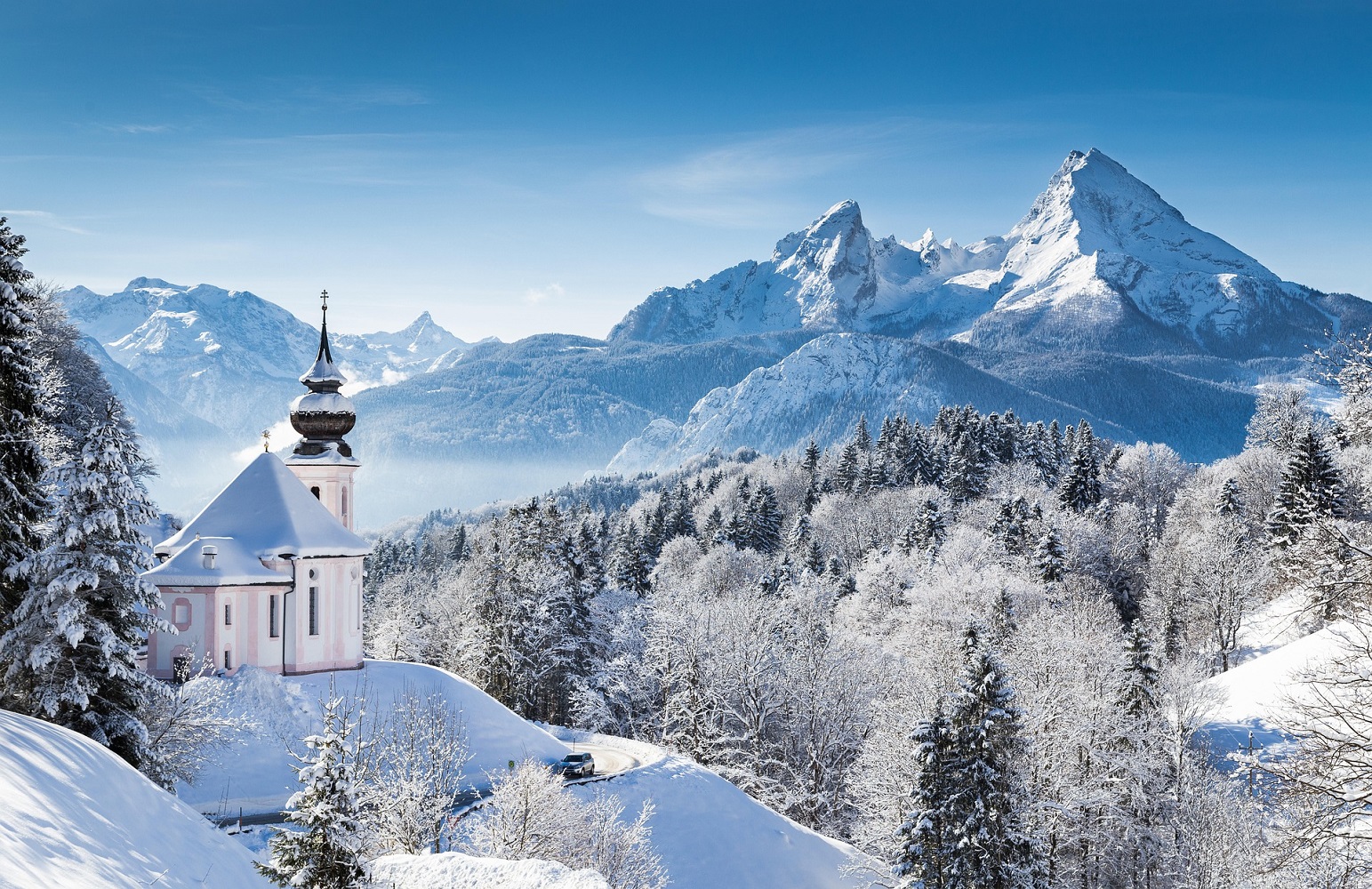From coldest to warmest: Average winter temperature in Europe
 Which European countries have cold or warm winters (photo: Freepik.com)
Which European countries have cold or warm winters (photo: Freepik.com)
European winters have many faces - from severe frosts in the north to pleasant warmth in the southern regions. Each country has its own unique climate, which depends on geographical location, and proximity to oceans and mountain ranges.
Read what to expect in winter in different parts of Europe.
Scandinavian countries
Winters in Norway, Sweden, and Finland are usually harsh, with average temperatures ranging from -10 to -15 °C. In the northern regions, such as Lapland, temperatures can drop to -30 °C, and snow covers the ground for several months at a time.
These countries have well-developed winter sports infrastructure, including ski resorts and ice rinks. The Norwegian coast is slightly warmer thanks to the Gulf Stream, but strong winds and blizzards often create extreme conditions.
Eastern Europe
Winters in Ukraine and the Baltic States are harsh, with average temperatures ranging from -5 to -10 °C. Snow falls frequently in Ukraine and the Baltic States, and frozen lakes are popular for ice skating. Despite the cold, these regions attract tourists with their winter festivals and holiday fairs.
 Winters are usually cold in Eastern Europe (photo: Pixabay.com)
Winters are usually cold in Eastern Europe (photo: Pixabay.com)
Central Europe
In Germany, Poland, Czechia, and Austria, the average winter temperature ranges from -2 to +3 °C. In cities like Prague and Vienna, snowfall is rare, but in the Alps, winter weather is consistently cold and ideal for skiing.
In large cities, it often rains, followed by frost, which creates a risk of ice. Holiday markets in this region are a unique winter tradition that attracts millions of tourists.
France and Benelux
In France and the Benelux countries, the average winter temperature is usually between +2 and +6 °C. In Paris, winters are rainy, but snowfall is rare and short-lived.
In the Netherlands and Belgium near the Atlantic coast, it often rains and the wind can be strong. Despite the mild winters, the frozen canals of the Netherlands sometimes become natural ice rinks, which is a unique winter activity.
Balkans
In the Balkans, including Serbia, Bulgaria, and Croatia, the average winter temperature ranges from 0 to +5 °C. In mountainous areas, such as the Rhodope Mountains and the Dinaric Alps, snow covers the slopes, creating excellent conditions for winter sports.
In coastal cities such as Split and Dubrovnik, temperatures rarely drop below freezing, but winds can be cold. Winter in the Balkans is often accompanied by sunny days, which adds to the pleasant atmosphere for tourists.
 The Balkans sometimes experience moderate frosts in mountainous areas (photo: Pixabay.com)
The Balkans sometimes experience moderate frosts in mountainous areas (photo: Pixabay.com)
Italy and Spain
In southern Italy and Spain, the average winter temperature reaches +10-15 °C, making these regions popular for winter tourism. In Tuscany, Italy, or Andalusia, Spain, this time is ideal for sightseeing and tasting local wines.
In the northern regions, such as Lombardy or Catalonia, the temperature can be lower, especially in the mountains. The Mediterranean coast is pleased with sunny weather even in January.
Greece and Cyprus
In winter, the average temperature in Greece and Cyprus is +15-18 °C, making these countries one of the warmest in Europe. On sunny days, you can enjoy walking through ancient ruins such as the Acropolis of Athens or Paphos.
Although the nights can be cool, the sun's warmth creates a comfortable environment during the day. There are many resorts on the Aegean islands even in winter.
Portugal
In Portugal, particularly in Madeira, the average winter temperature is about +18 °C. This country is ideal for those looking for a warm climate without sharp temperature fluctuations.
The Atlantic Ocean maintains a stable climate, which makes Portugal an attractive destination for winter vacations. Sunny weather and green landscapes create a special atmosphere even in January.
 The Atlantic Ocean makes winters warm in the south (photo: Pixabay.com)
The Atlantic Ocean makes winters warm in the south (photo: Pixabay.com)
Sources: Rough Guides, TED, Wikipedia.

